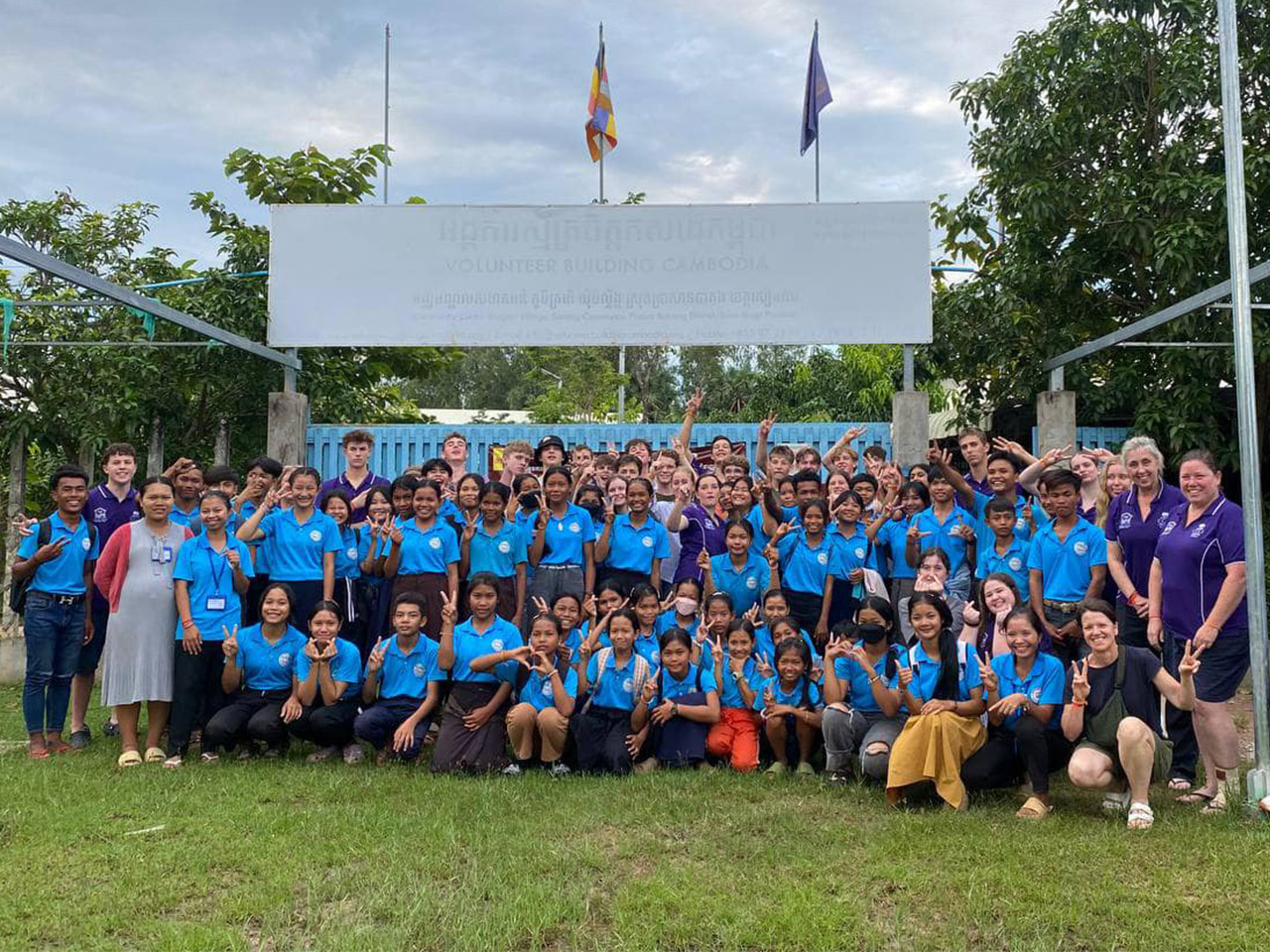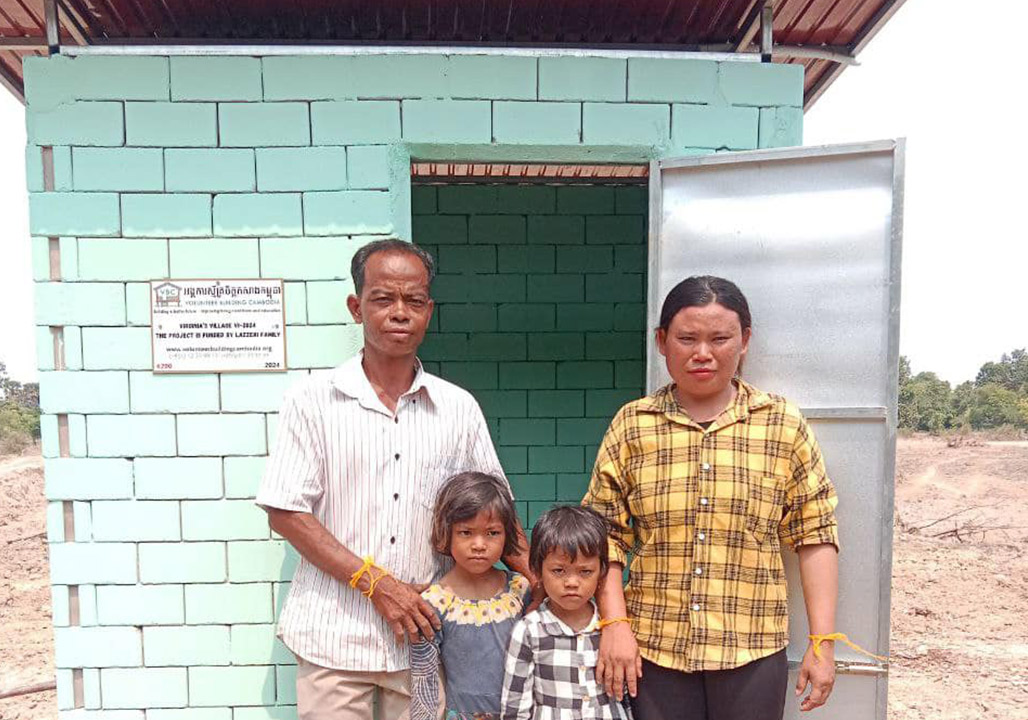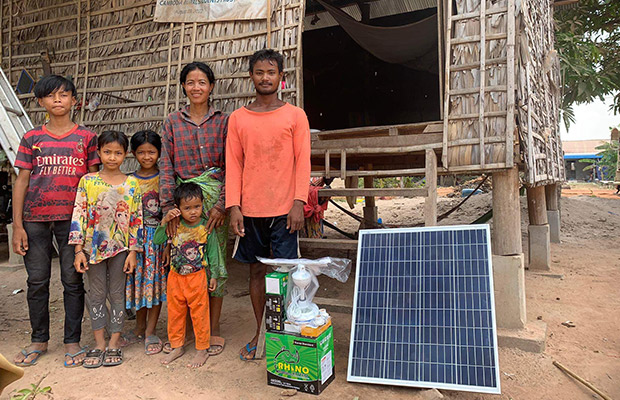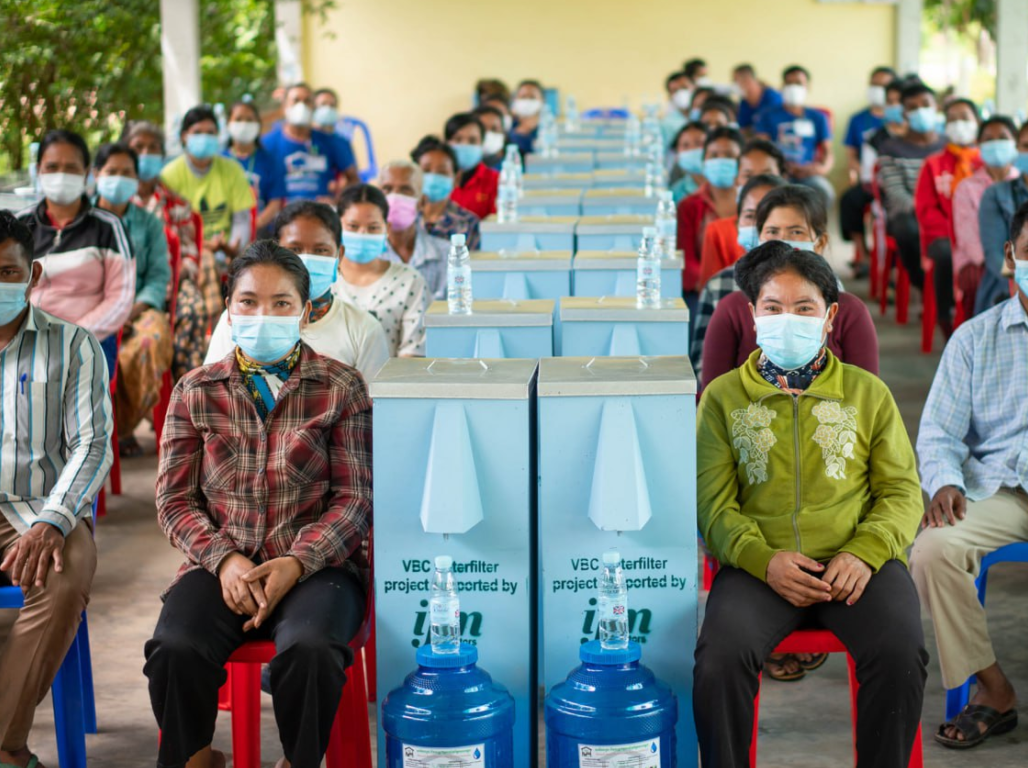Projects
The Volunteer Building Cambodia Community Centre offers a variety of programs to empower local communities in Siem Reap. These include free English and computer literacy classes, vocational training in sewing, agriculture, and sustainable farming practices, and health education initiatives focused on hygiene. The Centre also engages in building projects and provides opportunities for international volunteers to contribute to community development. These programs aim to break the poverty cycle by providing valuable skills, education, and resources for self-sufficiency. For more details, please visit their website here.
A lack of clean drinking water is one of the most pressing issues facing Cambodians living in rural villages. Many source their drinking, cooking, and bathing water from pools of standing water, streams, or canals. The water is often contaminated with bacteria and pollutants and can lead to ongoing illness or, in extreme cases, death.
Constant sickness impacts lives by preventing adults from working and children from going to school. For those already in poverty it increases their problems.
When funding allows, VBC builds wells to improve the health and well-being of those living in village communities. Our wells are made from PVC piping with a concrete base at the surface. These wells have very few moving parts and only a cheap washer needs to be replaced occasionally, making them economical to operate and maintain.
In rural areas of Cambodia, electricity is not easily accessible, and families often rely on kerosene lamps, which are dangerous and expensive. Solar power offers a game-changing solution. By charging a battery during the day, solar panels provide electricity in the evening for essential needs like lighting, running small fans, and charging mobile phones. This affordable, low-maintenance system enhances the daily lives of families, improving health by eliminating the risks of harmful lighting and offering opportunities for communication and education.
Solar power is a renewable, sustainable solution that ensures families can live with more autonomy, without being dependent on unreliable or expensive energy sources. The system also reduces the cost of electricity, as it doesn’t require ongoing fuel costs or frequent maintenance. When added to new house builds, solar systems provide reliable electricity from the moment the home is completed, making a lasting, positive impact on the family’s quality of life.
Donating towards solar panel systems means more than just providing light – it means improving health, safety, and educational opportunities. It’s an investment in long-term community development, helping families break free from energy poverty and build a more sustainable, self-reliant future.
We provide an affordable and highly durable water purification system designed to deliver clean, safe drinking water for households and communities. This self-contained unit, constructed from sturdy concrete, uses a gravity-fed filtration process. Contaminated water passes through carefully layered sand and gravel, which effectively removes harmful bacteria, parasites, sediment, and other impurities.
The system operates without electricity or chemicals, making it eco-friendly and ideal for remote or off-grid locations. Its robust design requires minimal maintenance, ensuring long-term reliability. With its compact structure, the filter can be easily installed near homes or community centers, providing a consistent and accessible source of purified water. This sustainable solution improves health outcomes and supports community well-being by offering dependable access to safe drinking water.






